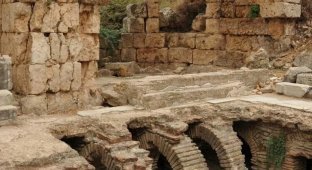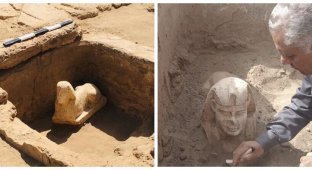The mystery of the Roman dodecahedron, which is not mentioned in any source, but often comes across by archaeologists (7 photos)
The Roman dodecahedron is a very mysterious thing. In the sense that archaeologists found them, but scientists did not understand why such "toys" were needed. They were found on the territory of Western Europe, in those countries whose territories belonged to the Roman Empire - from Italy and France to Great Britain and Holland. 
Scientists attribute the time of manufacture of dodecahedrons to the period the first centuries of our era. These objects themselves, with a general similarity in detail have a number of differences - this is the material from which they are made (most often it is bronze, but also copper, lead and even stone), and dimensions, and the degree of processing (decorations, let's say - some have quite exquisite patterns, and some are as simple as possible).
Even the dimensions of the holes on all twelve faces of the dodecahedron (the name is translated as a dodecahedron) - different, moreover there is no particular resemblance between the instances of these products, that is, holes they are not very similar in diameter. which casts doubt on many versions about the purpose of dodecahedrons (but about them below). 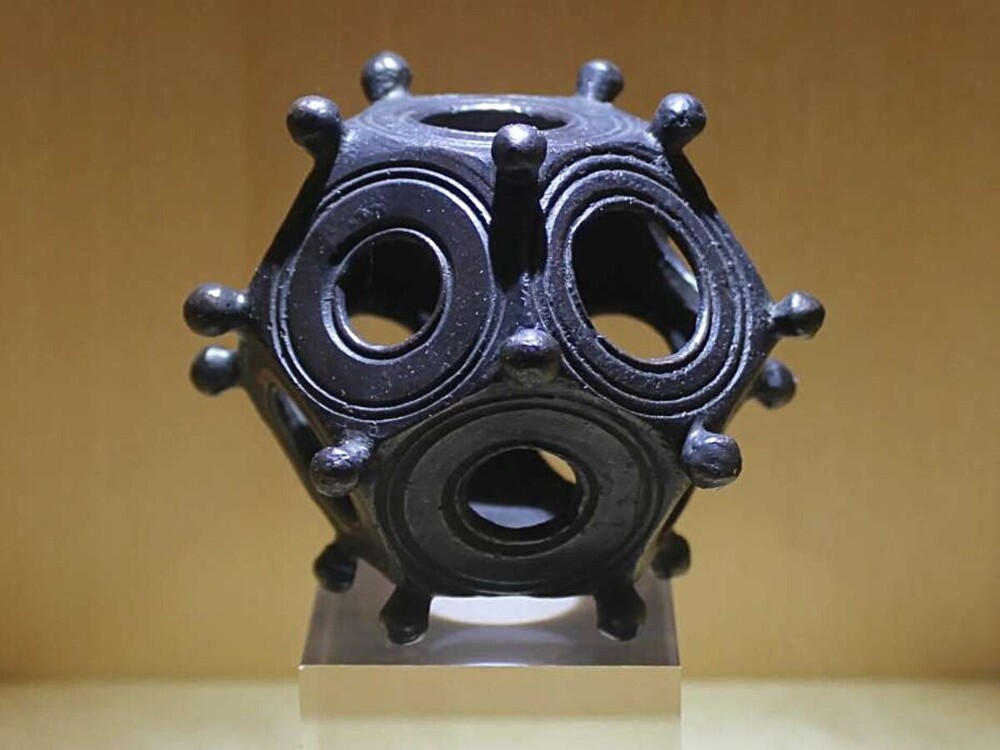
It is believed that in the museums of all these countries such dodecahedrons certainly more than a hundred are stored, they were found in completely different places, for example, among hidden coins or in a box with women's decorations - respectively, the size of the found Roman dodecahedrons small, from 4 to 11 centimeters.
That is, from the geography of the finds, draw some conclusions about the purpose of these items is unrealistic, but you can take into account the "context". But what is most interesting, scientists have no way to rely on their research on any written evidence - about objects, about whom we are talking about, there is no mention, even in passing. 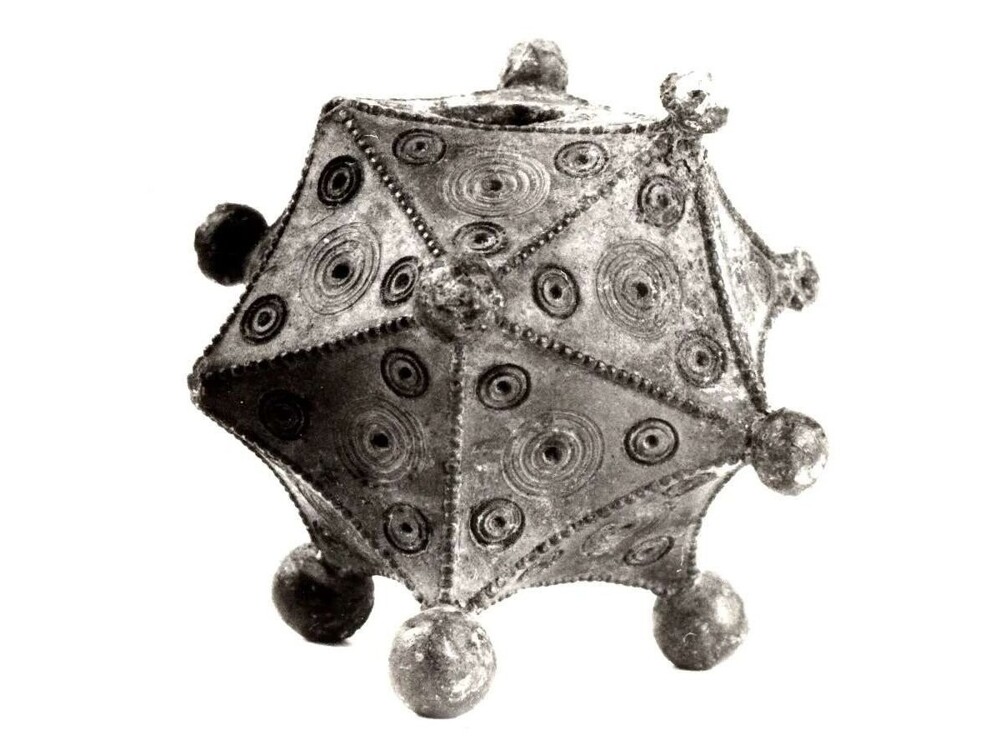
And, what is even more impressive, it is difficult to find any analogues in other cultures - similar things were no longer found, and even now nothing similar is used anywhere.
So all versions that now exist are pure fantasy, although, obviously, in their assumptions, scientists and enthusiasts rely on their ideas about the reality of that time and on the small amount of facts they have.
Looking ahead, it is also worth saying that for some reason everything think about examples of dodecahedrons that have through holes. Although there are also examples of the same stone dodecahedrons - they look approximately the same, but made from a monolithic piece and do not have a void inside. It is on this emptiness that the main theory of destiny relies. mysterious objects of Roman life. 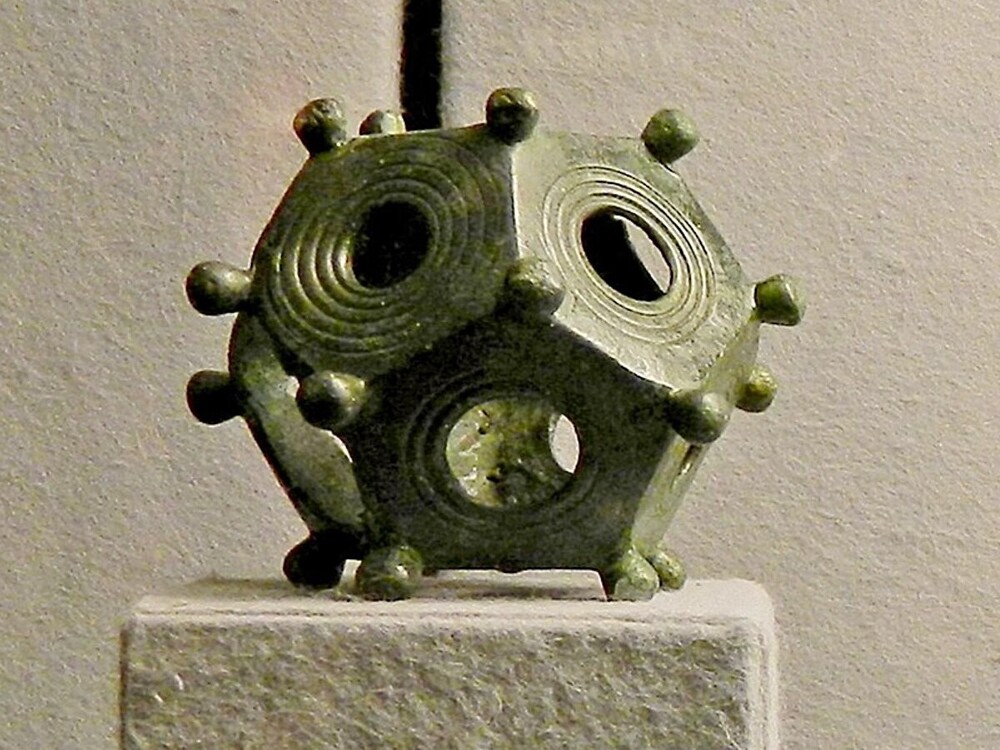
The main options appear to be:
candlestick
dice
divination tool
tool for fitting parts (like checking the width of pipes)
rangefinder
standard element
analog spinner for spinning in hands
All options, as we see, are controversial - because All of them simply have nothing to confirm. The pro version is the main one. candlestick, and such a variety of holes, as it were, hints at the fact that candles might not be standardized in their thickness, so for fixing the candle, the nearest hole in diameter was selected. 
There is another option - that putting the dodecahedron on candle like a kind of lamp, and the diameter of the hole allowed, as it were, control the intensity of burning (candles were often quite expensive, which could require savings). That is, depending on the situation. the dodecahedron could be flipped wider or narrower hole down and put on the candle.
This would also explain the presence of "bumps" at the corners of the dodecahedron - in theory they would heat up less, and therefore for them you can was to be taken by hand. By the way, exactly the same "grip" pushed someone on the version about the spinner - supposedly this way you can twist this item in hand, purely to calm the nerves. Why then holes - not very of course, maybe to improve aerodynamics ... 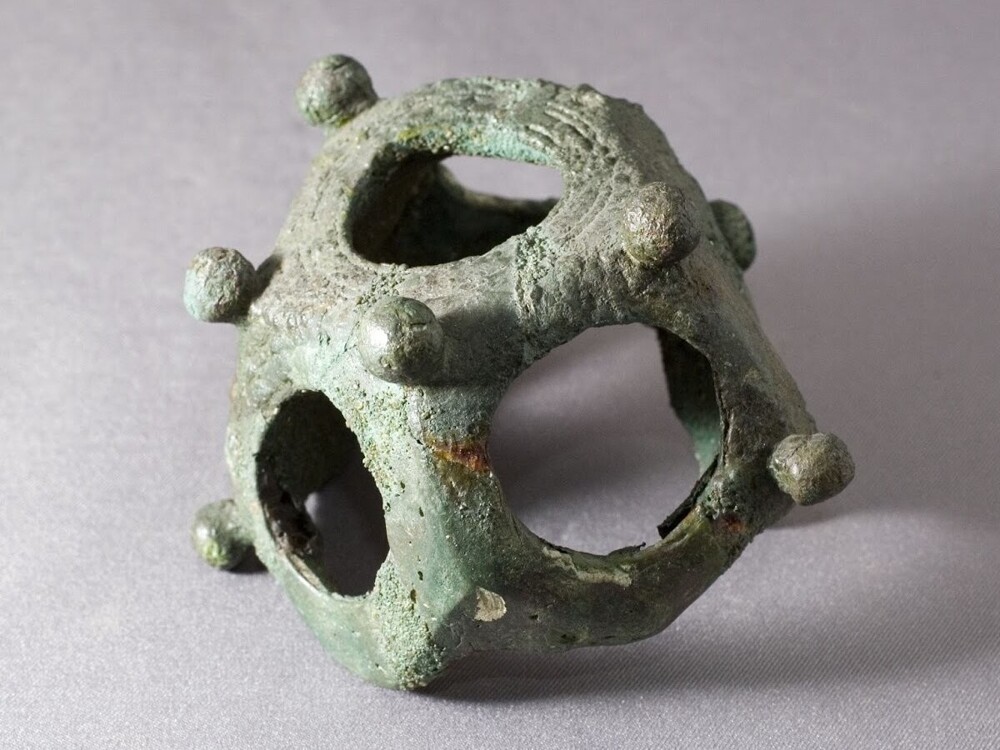
At some point, scientists settled on the pro version rangefinder - supposedly looking through two aligned holes, the Romans could estimate the distance to a particular object. But then what about those dodecahedrons that are made of stone and are not visible through?
However, we repeat, it is not possible to dwell on this version gives bmore that there is no documented example of such use - and in this case they should have been.
The same problem with the "elements of the standard", dice and even fortune-telling - such and such things would definitely remain in the records. 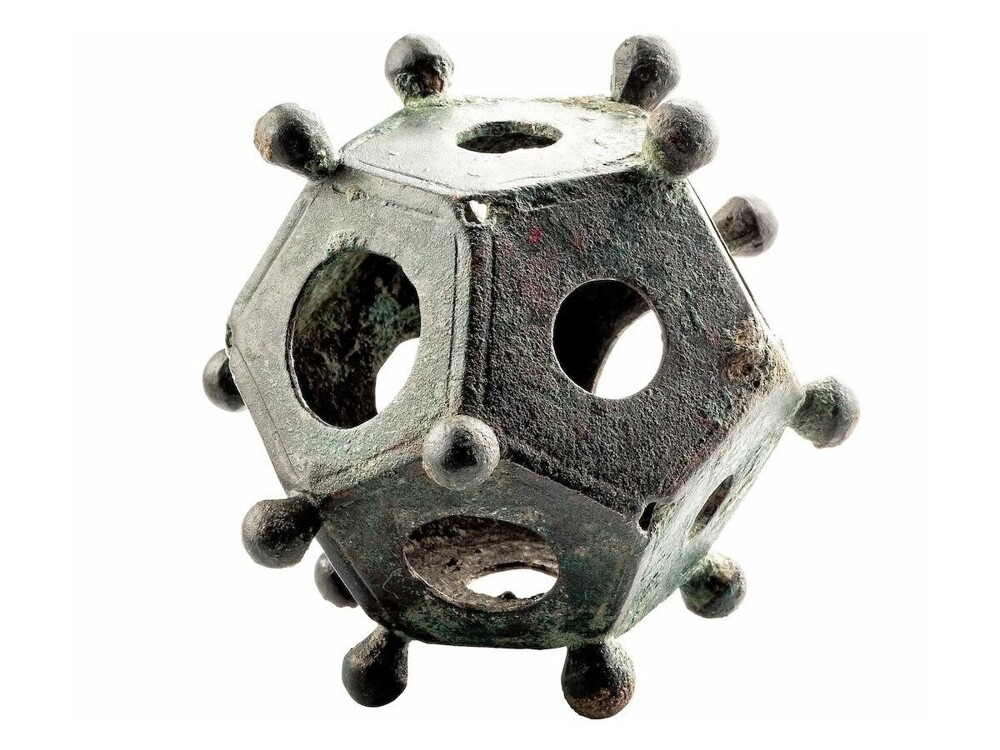
Based on the current situation, the most plausible a variant is the statement that this is just some kind of fashionable little thing, decoration devoid of practical purposes, while not so massive as to someone somewhere mentioned it in writing.
But always, as they say, there is a place for a feat - so we can try to put forward our own options.













